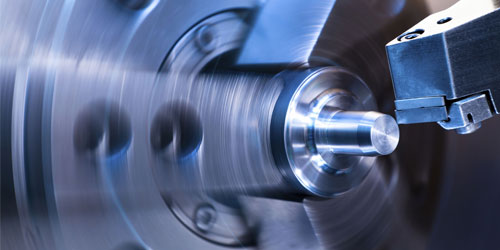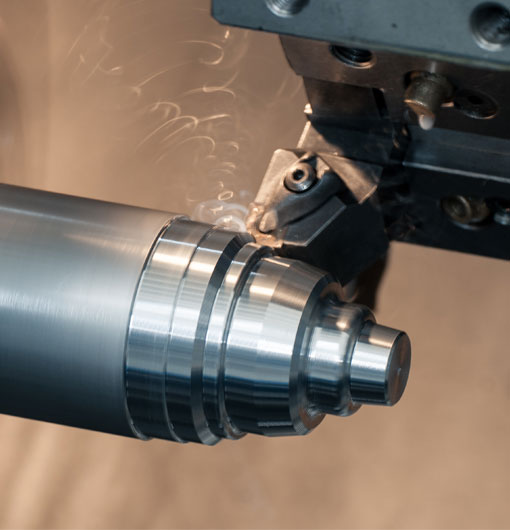In an era where machinery has taken over most of the physical work, the domain of Computerized Numerical Control (CNC) is one that is witnessing significant growth. The increasing demand for precision, efficiency, and speed in the manufacturing sector has given rise to highly sophisticated CNC turning programming software. However, the key question remains the same - how to best utilize these tools to maximize production?
One of the salient features of CNC turning programming software is its ability to automate manufacturing tasks. Unlike manual machinists who need to meticulously monitor and control the machining process, operators using CNC turning programming software can entrust the software to handle detailed labor.
When it comes to choosing the right software, it's paramount to consider its compatibility with your CNC machine, its ease of use, programming features and customer support. Whether you're a seasoned veteran in CNC programming or a novice who's just getting started, it's essential to comprehend the features and working principles of the software.
Taking The First Step: Understanding Your Software
The first step in mastering CNC turning programming software involves understanding its basic functions and capabilities. This knowledge is instrumental in executing jobs effectively. Typically, the software consists of two main components: CAD (Computer-Aided Design) and CAM (Computer-Aided Manufacturing).
CAD is where the initial design of the part or component is made. The software offers various design tools that allow you to create intricate designs with precision and ease. It is where you give birth to your idea and transform it into a tangible product.
The next component is CAM software. This software translates the CAD design into a language that your CNC machine can use to create parts or components. Essentially, it's the bridge between your design and the machine. The CAM software utilizes different strategies, such as turning, drilling, or milling, to carry out your desired operation.
Employing Best Practices in CNC Turning Programming
After comprehending the software's functions, the next step is to learn about its best practices. Yes, it's crucial to understand that each user might have their unique way of operating the software, but certain established protocols can help you make the most of the tool.
Firstly, always ensure your design is optimal for machining. It may be tempting to design complex parts, but remember that the more complicated the design, the more challenging it will be for your machine to create it. It's suggested to strive for simplicity and functionality when designing.
Secondly, always verify your program before sending it to the machine. Mistakes can happen, but the best way to minimize them is by thoroughly reviewing your program. Most software provides a simulation feature, allowing you to visualize the entire machining process before it physically happens.
Knowing Your Machine
Despite the advantages that CNC turning programming software offers, it's worth noting that the results heavily depend on your understanding of the CNC machine. Remember that each machine works differently - your software might provide you with the perfect program, but if your machine is not correctly calibrated or maintained, the results could be vastly different. Therefore, regular maintenance and comprehending the nuances of your machine will go a long way in ensuring the desired outcome.
In an era where manufacturing is experiencing paradigm-shifting changes, the role of CNC turning programming software is more than just a tool - it's a craft that, when mastered, can result in exponential increases in productivity and efficiency. The points shared above offer a basic framework but remember - mastery of the software is an ongoing process, and there's always scope for improvement. Stay curious, keep experimenting, and most importantly, never stop learning.
cnc turning programming software













